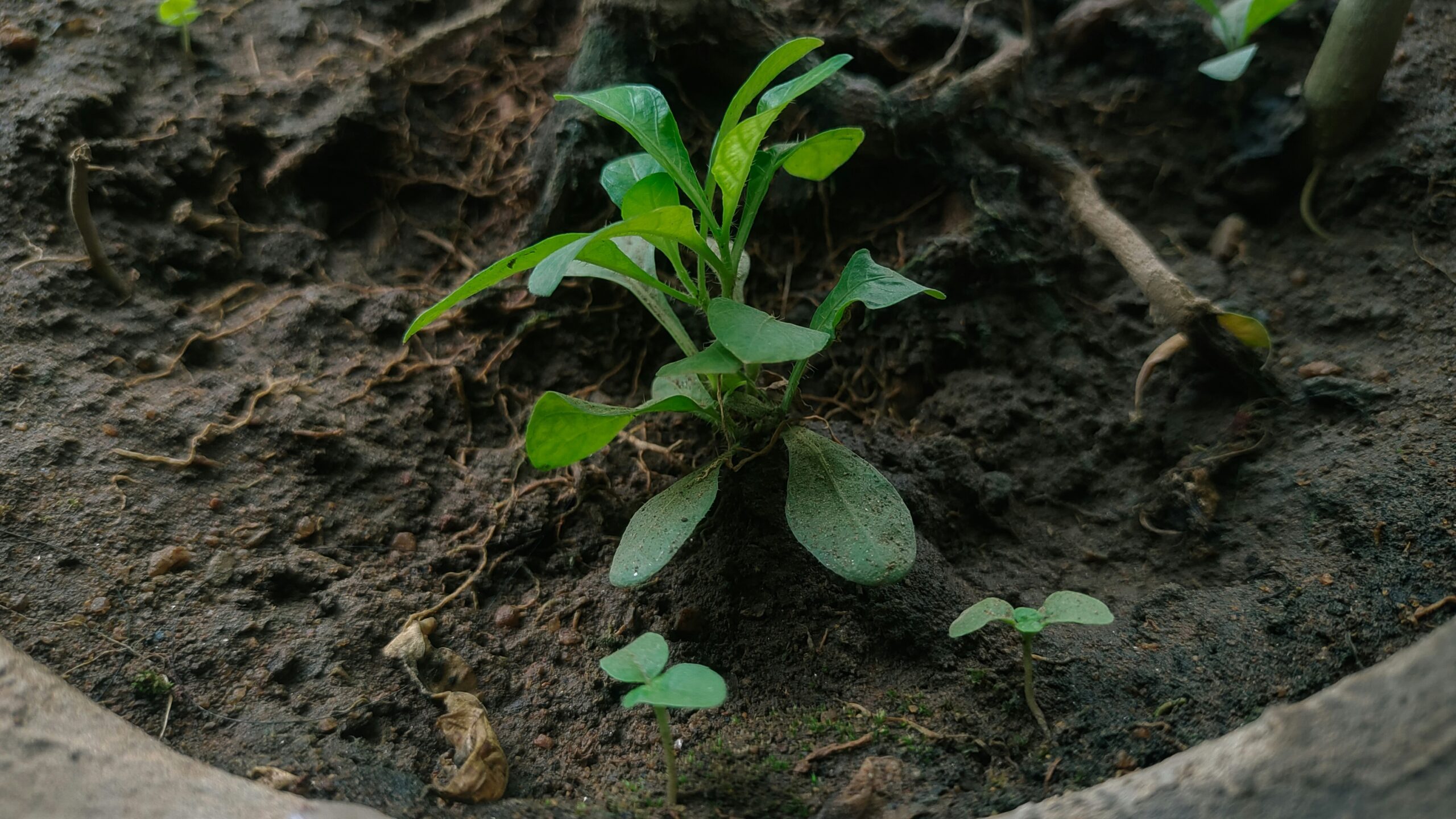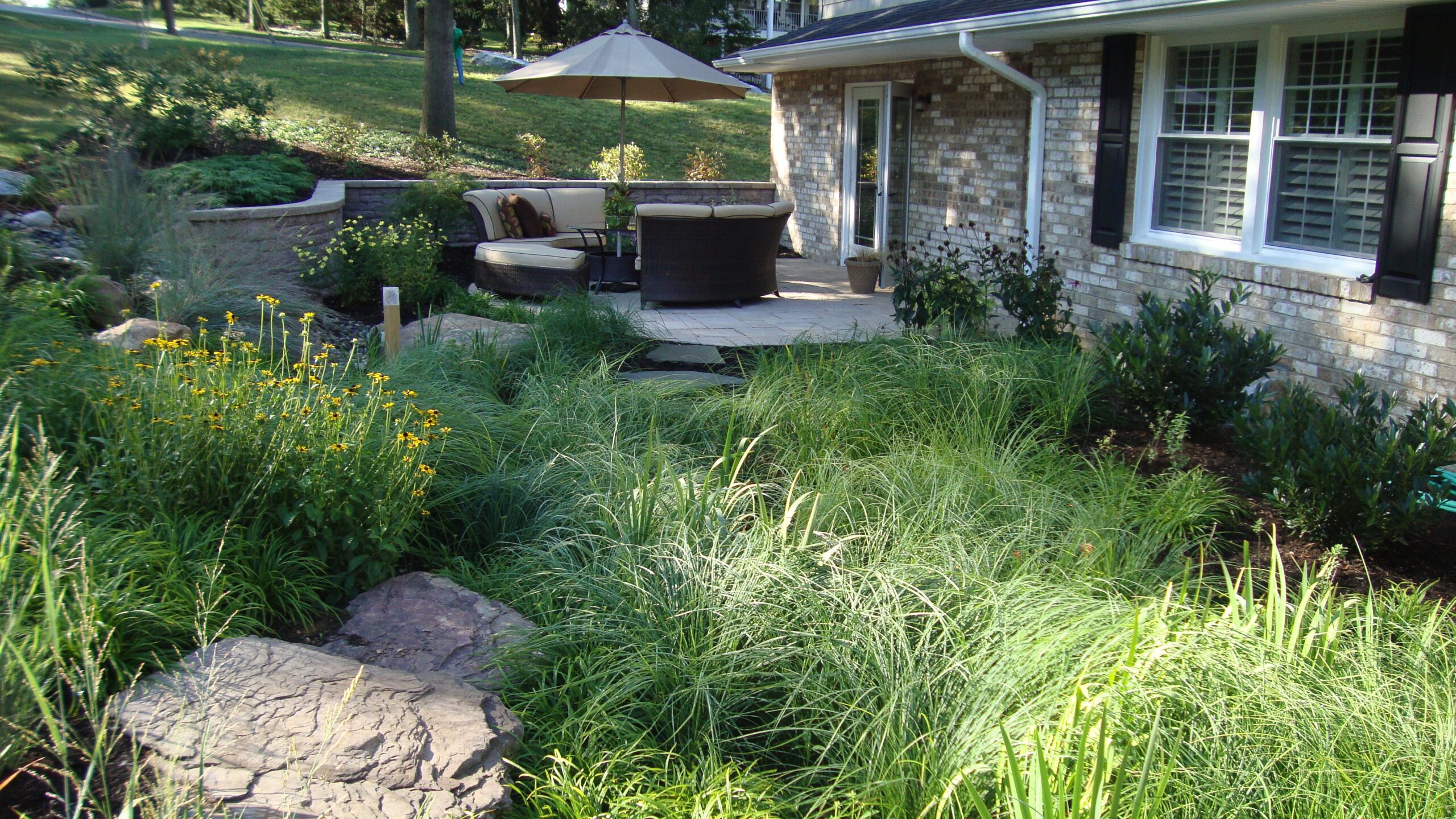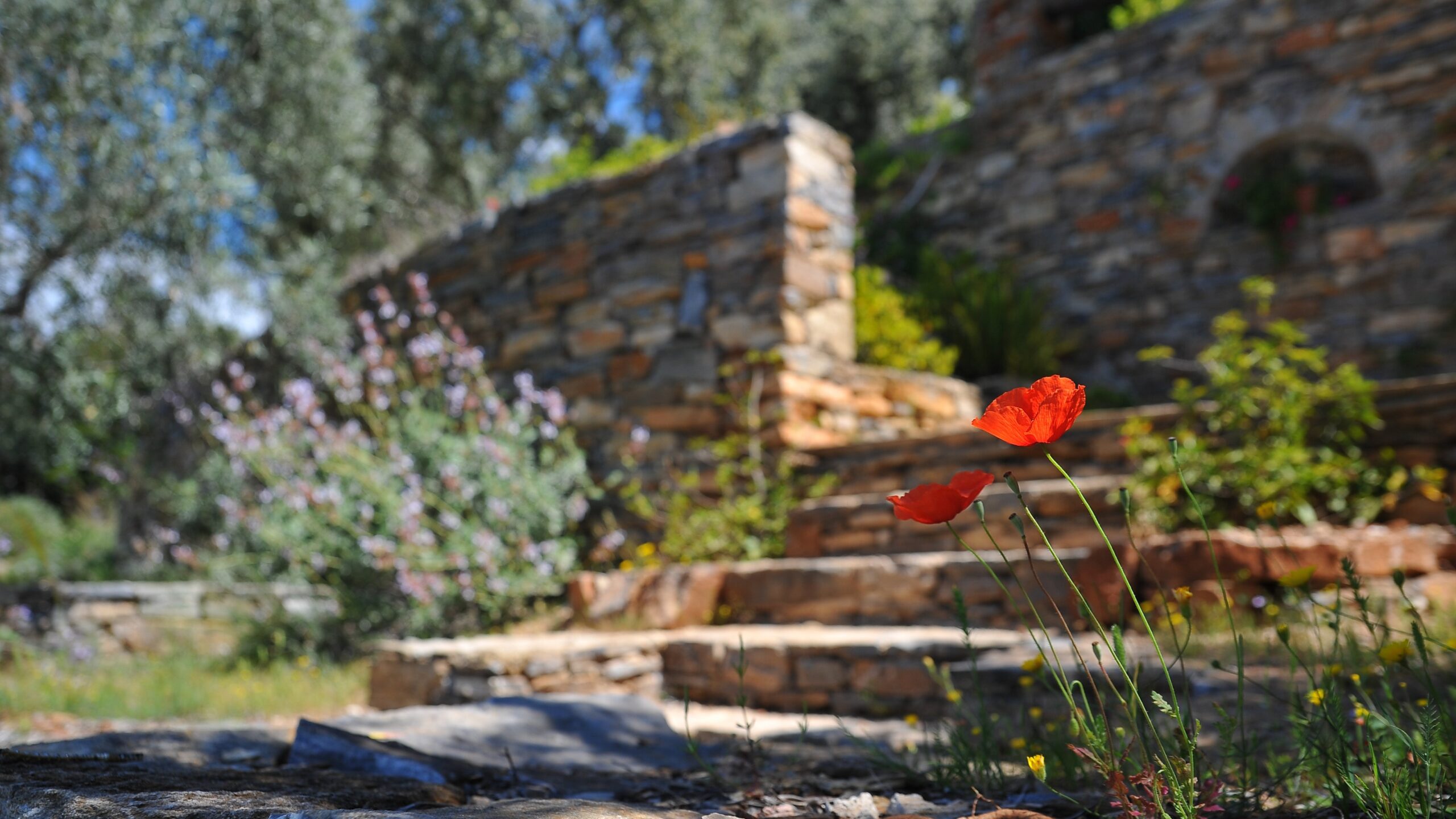Landscaping mistakes are often avoidable with the right plan. As professionals, we’ve seen it all: shrubs crowding walkways, overgrown beds, and high-maintenance designs that frustrate homeowners. Most issues stem from a few early missteps. Thoughtful planning can easily prevent them. That’s why we recommend starting with a clear design strategy that considers long-term landscape maintenance and space use from day one.
Whether you’re tackling a DIY weekend project or working with a professional team, smart planning can save you time, money, and frustration. Here are five of the most common planting design mistakes we see, and how to avoid them.
It’s easy to get carried away at the garden center, but choosing plants without a big-picture strategy can lead to a disjointed or overcrowded landscape.
How to avoid it: We encourage working with a professional landscaper or beginning with a basic layout that considers sun exposure, plant sizes, color, and seasonal changes. This ensures your plants have the right environment to thrive.

Soil is the foundation of your landscape. Poor, compacted, or nutrient-deficient soil can lead to struggling plants, no matter how much you water or prune.
How to avoid it: That’s why we always start by testing the soil. Knowing your soil’s condition before planting helps determine what amendments, like compost or organic matter, it needs. Practices like aeration and mulching can also improve soil structure and moisture retention, giving your plants a healthier foundation.
Crowding too many plants into one space leads to competition for light, water, and nutrients. On the flip side, too few plants can leave your yard feeling bare or unfinished.
How to avoid it: We recommend taking time to understand each plant’s growth habits. Giving your plants room to grow creates a fuller, more natural look over time. Starting with a well-balanced layout also makes it easier to layer plant heights and textures as your landscape matures.

Even the most well-designed landscape requires ongoing care. Without routine tasks like pruning, mulching, and weeding, plants can become overgrown or unhealthy, causing the landscape to lose its polished look over time.
How to avoid it: We recommend setting yourself up for success with a seasonal maintenance plan, or partner with a landscaping team to handle the upkeep for you. Consistent care helps your landscape stay healthy and look its best all year long.
When planting something new, it’s easy to focus on how it looks right now. But many trees and shrubs grow quickly, and without proper planning, they can outgrow their space and cause real problems. Over time, roots can damage foundations, branches can block walkways, and larger plants can shade out others.
How to avoid it: We encourage clients to research each plant’s mature size and growth habits before planting. Think about how your landscape will evolve in the years ahead. A little planning now can help you prevent overcrowding, protect nearby structures, and avoid costly removals or redesigns later on.

A well-planned landscape does more than enhance curb appeal; it supports plant health, reduces long-term maintenance, and creates an outdoor space you’ll enjoy for years to come. Whether you’re focused on planting design, landscape maintenance, or full-scale Delaware landscaping, our experts are here to help you create a space that’s both beautiful and functional. Contact us today to start planning a landscape that fits your vision and grows with you.
